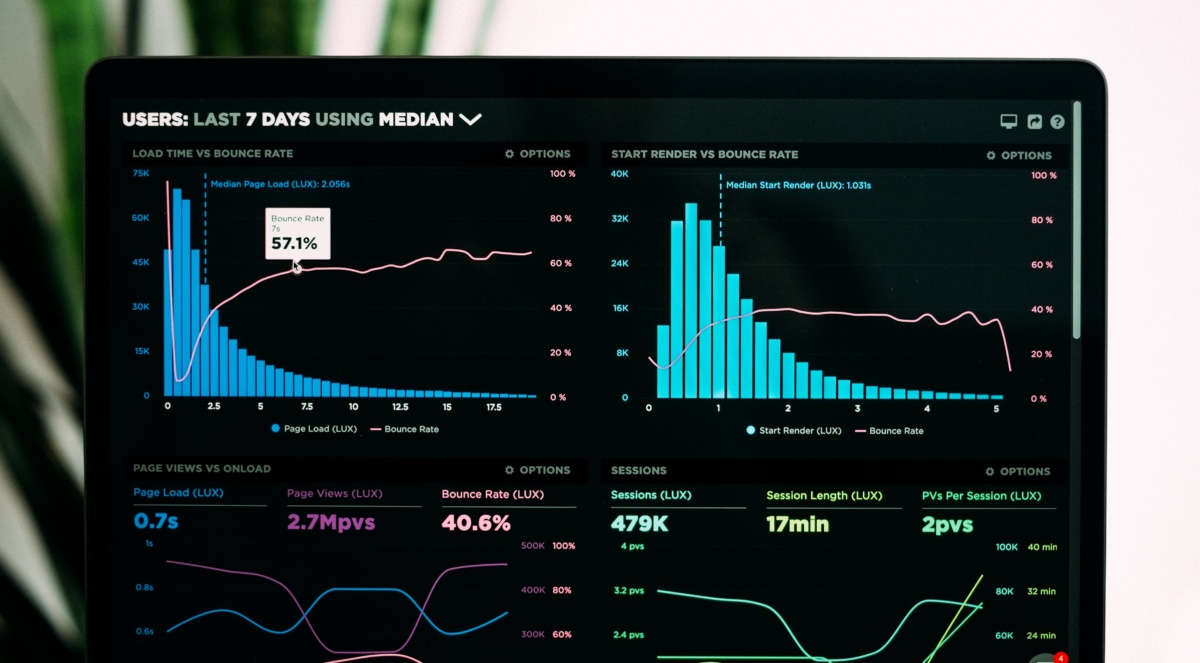How to leverage your own customer database using data analysis and profiling to improve your campaigns with data-driven marketing
A successful marketing campaign relies on getting the right message, to the right client at the right time. If yours fails to account for any one of these three elements, your campaign success is in jeopardy.
In this post, we focus on data analysis and profiling and how this enables you to really get to grips with your database by identifying key trends and characteristics. You might have a database full of high-value contacts, but if you don’t understand what connects them (and what doesn’t), then you won’t be able to reap the rewards sitting right under your nose.
What is data profiling and what are the benefits?
Data profiling and analysis is the process by which you can identify recurring trends and attributes among your current customers. For instance, you might analyse your database by industry sector, size and/or job title, in order to pinpoint clusters of similar customers, who are important to your business. You can then create buyer personas that represent each of these key groups. Having gained this knowledge, you can go on to acquire similar prospects that match these high-value profiles, thereby boosting sales.
Profiling and analysis significantly improve your return on investment. Primarily, you will be able to reduce the total cost of your marketing campaigns because you won’t be wasting time attempting to build relationships with the wrong people. Furthermore, those prospects that you do target are far more likely to engage with your organisation, thereby improving response rates to your campaigns.
On a longer-term basis, you can carefully nurture new leads and customers, according to their specific wants and needs. You can create tailored content for different segments of your database and leverage the marketing channels that elicit the best response – whether that’s email, telemarketing, direct mail, or a combination of the three.
How to analyse and profile your customer data
One of the easiest and most cost-effective ways to undertake this process successfully is to partner with a B2B data consultancy. B2B data experts have the in-depth knowledge and expertise to help you really understand your customer database, as well as provide you with a list of new contacts based on your specific campaign and business goals.
In preparation for a campaign there are four stages to making sure your data is ready:
- Archive or delete records that are known to be incorrect or out of date.
- Perform a data cleanse to extract additional value from the data that remains.
- Wherever possible, ‘fill in the blanks’ to locate missing information and complete customer records.
- If you find your database is lacking, augment your existing customer records with a properly engineered data set purchased from a reputable B2B data provider.
This process can take time and benefits from expert knowledge, so it’s always recommended to seek advice and guidance from a reputable data provider to support you in this process.
What are the consequences of not performing data profiling or analysis?
Marketing databases decay at over 40% a year and without extremely careful management, your contacts database will begin to fill with details and contact information that are out-of-date and therefore no longer relevant or useful. This irrelevant data:
- Is a waste of resources in terms of data storage and processing
- Renders the data useless for mailing list segmentation.
- Prevents accurate calculation of campaign success rates and statistics.
- Renders further business data analysis efforts useless.
Often contacts are added to your database in a hurry, leaving certain important fields incomplete. Without having consistent information set for every contact, marketing campaigns become incredibly difficult to get right.
Storing and basing your marketing campaigns on inaccurate data affects:
- The products or services you hope to sell.
- The target market for your products.
- The medium by which you contact your sales prospects.
Your campaign planning checklist
Make sure your next campaign is a success by:
- Getting data into shape before creating any collateral.
- Ensure you have the information you need to perform segmentation that will actually yield results.
- Investing in data cleansing for optimum success.
- Add new B2B contacts from a respectable data provider to build your mailing list quickly.
In summary
For many businesses, data-driven marketing is still a new phenomenon, which requires an ongoing investment of time and resources – often easier said than done when maintaining business-as-usual operations! Putting into place a B2B data strategy will ensure that you can fully leverage your existing database and by working with data experts you can maximise your marketing campaign results without overstretching your internal resources.
To get started in your data strategy ahead of your next marketing campaign, read our guide, “How to create an effective data-driven marketing campaign” and don’t hesitate to get in touch with our team.
